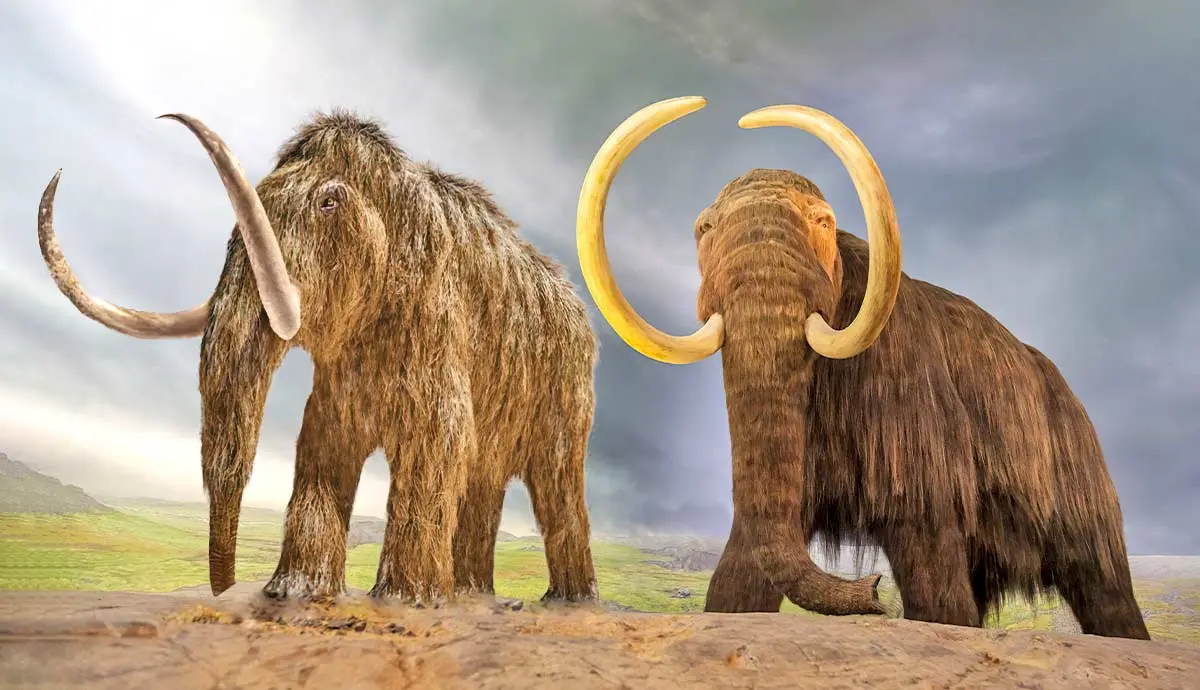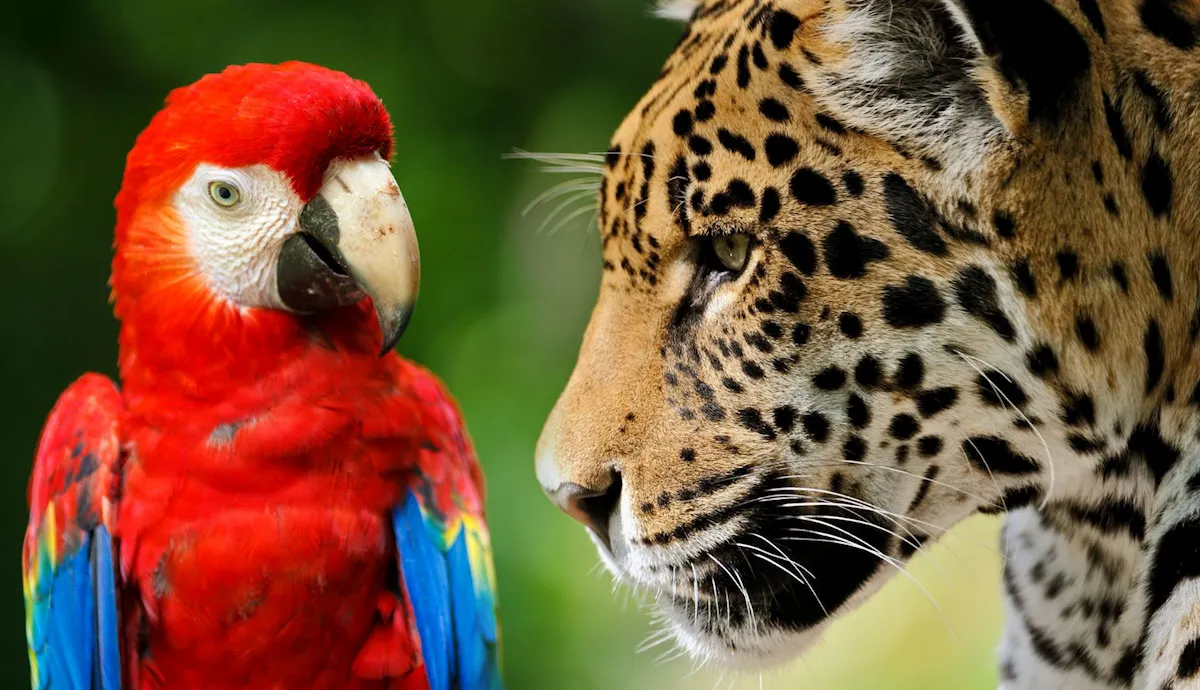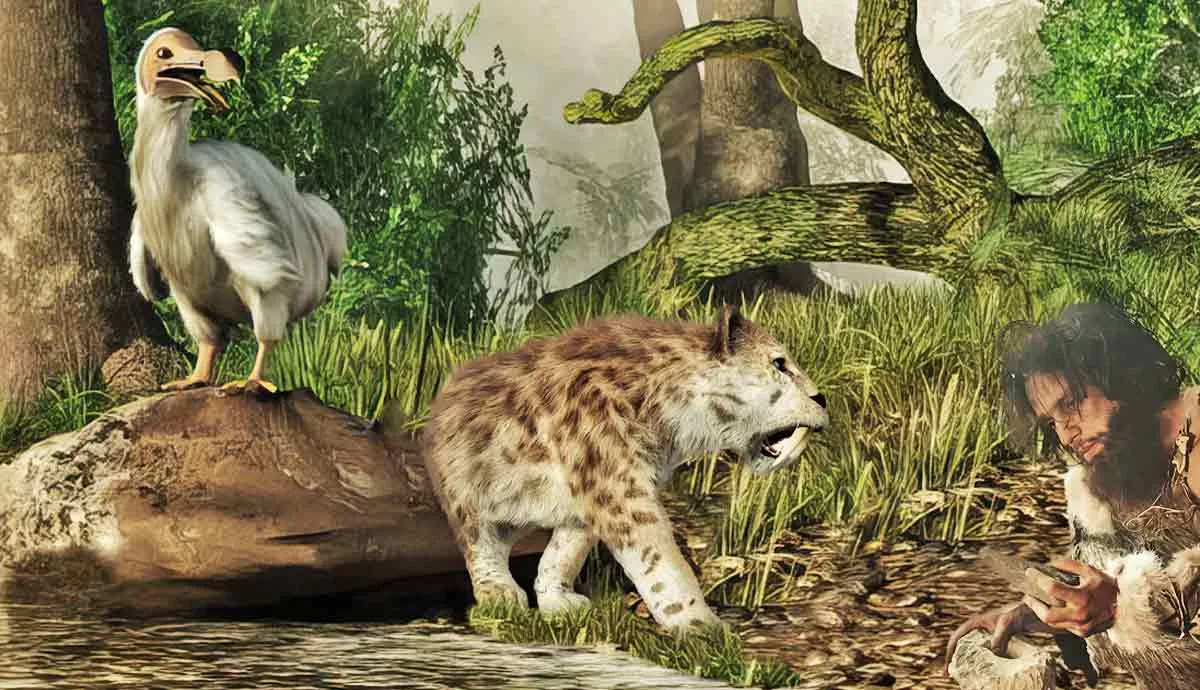Despite their physical resemblance, woolly mammoths and mastodons were not the same animal. One of the biggest differences was the shape of their molars. Woolly mammoths had flat teeth, perfect for grazing grass. On the other hand, mastodons had pointed, conical-shaped teeth, ideal for chewing through branches and tree trunks.
It's important to understand the nuances between woolly mammoths and mastodons. That’s because engineers hope to reincarnate woolly mammoths by the year 2027. From there, who knows? Maybe woolly mammoths could be beside goats and llamas at petting zoos.
The Primary Differences Between Woolly Mammoths and Mastodons
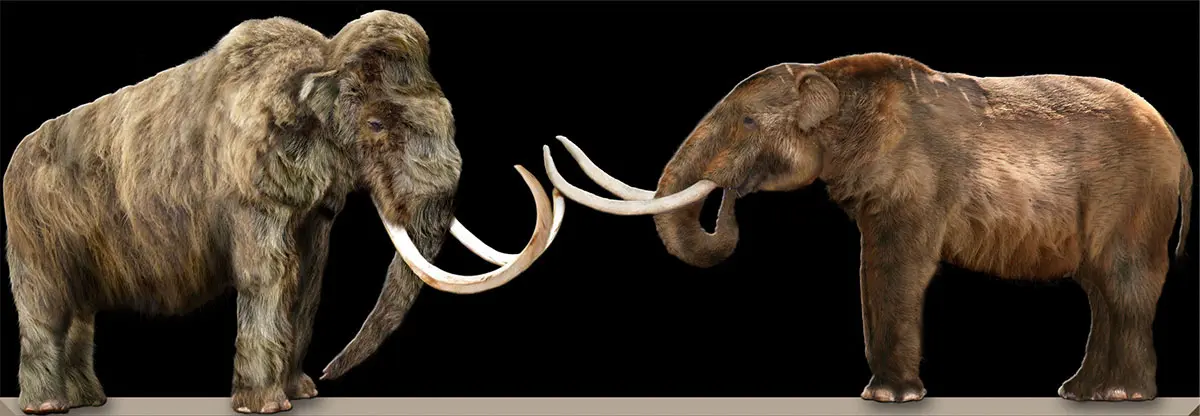
Per the National Park Service (NPS), some notable differences between these pachyderms include:
- Size: Woolly mammoths were larger than mastodons.
- Tusks: While both animals had similar-sized tusks, they were different shapes.
- Time periods: Mastodons and woolly mammoths briefly existed during the same era.
- Location: Woolly mammoths were better suited for frigid climates, so they thrived near the Bering Strait in Russia. Mastodons briefly lived there before becoming extinct.
Mastodons Were Smaller Than Wooly Mammoths
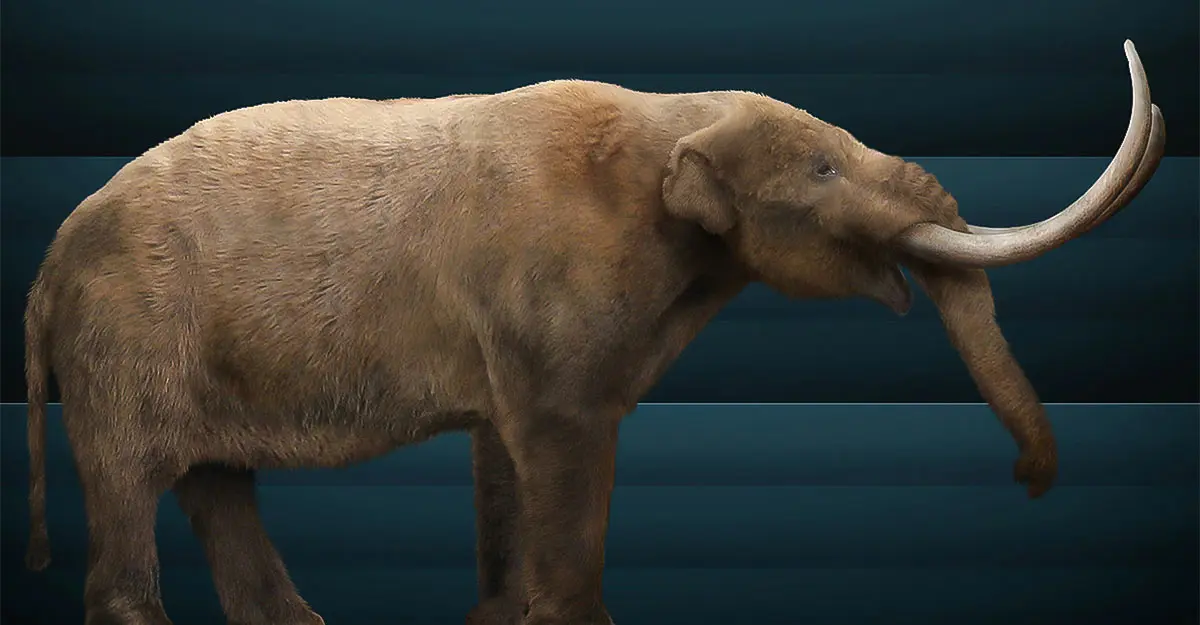
There’s a reason why woolly mammoths are called mammoths; they were massive, standing about 13 feet tall. While that’s the size of a modern-day African elephant, they also had about 20 inches of insulating fur. That likely made them seem even larger.
Mastodons were pipsqueaks when compared to the almighty mammoth. These guys only ranged from seven to nine feet tall, dwarfing in comparison to giraffes and some ostriches. What’s more, mastodons were generally stockier than mammoths, contributing to their comparably humble size.
Woolly Mammoths Had Longer, Curved Tusks
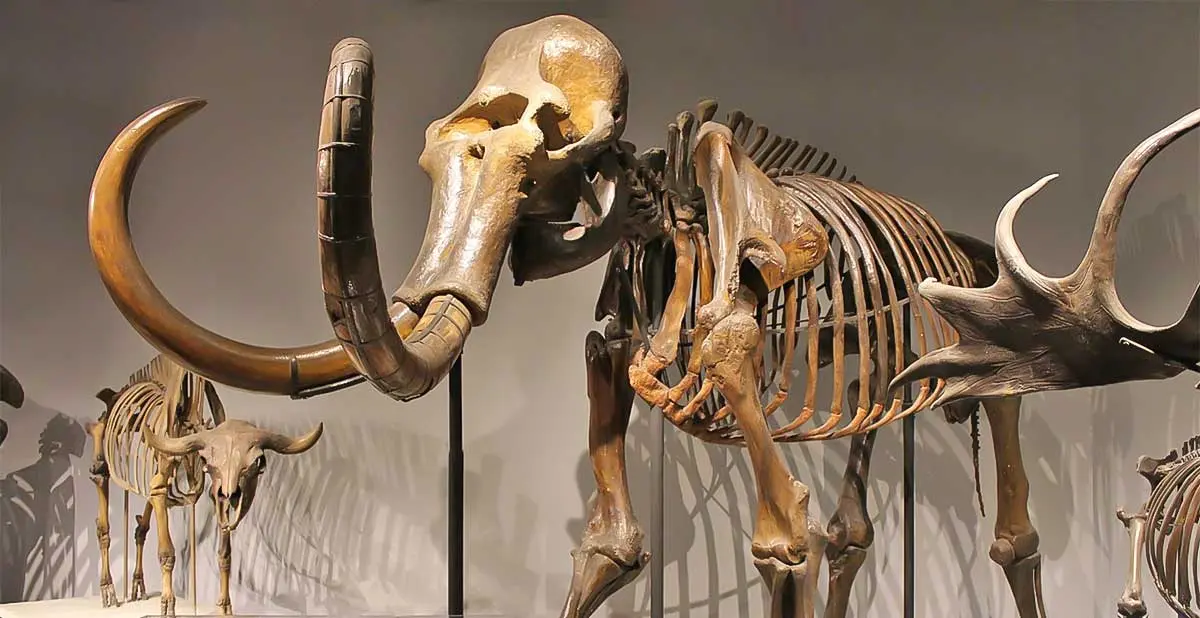
Today, an African elephant’s tusk usually measures about six feet long. However, woolly mammoth’s tusks averaged about 10 feet long. For reference, that’s about the size of an SUV. In comparison, mastodon tusks were generally shorter than mammoth tusks, with one tusk generally longer than the other.
What’s more, both animals had differently shaped tusks. Woolly mammoths generally had curved tusks, while mastodons had straighter ones, almost like a knight’s lance. Despite these differences, mammoths and mastodons used tusks for very similar reasons, including:
To Intimidate Competitors
Not much is known about woolly mammoths and mastodons’ mating habits, but they likely didn’t mate for life. Males would have competed with one another for females, fighting one another with their tusks. A heated battle between a rival male was likely the cause of death for the Cohoes mastodon in New York State; the eight-foot-tall male suffered a fatal penetrating wound likely inflicted by another mastodon’s tusk.
To Forage for Food
Mastodons and woolly mammoths were foragers, not fighters. They spent a lot of time searching for food in dense brush, using their tusks to move around branches and uproot tree trunks.
To Mark Territory
Every animal has its own way of saying, “Hey, this is my spot.” Mammoths and mastodons may have stripped bark from trees with their tusks as a way to mark their territories’ boundaries.
Mastodons Existed Before Woolly Mammoths (with Some Overlap)
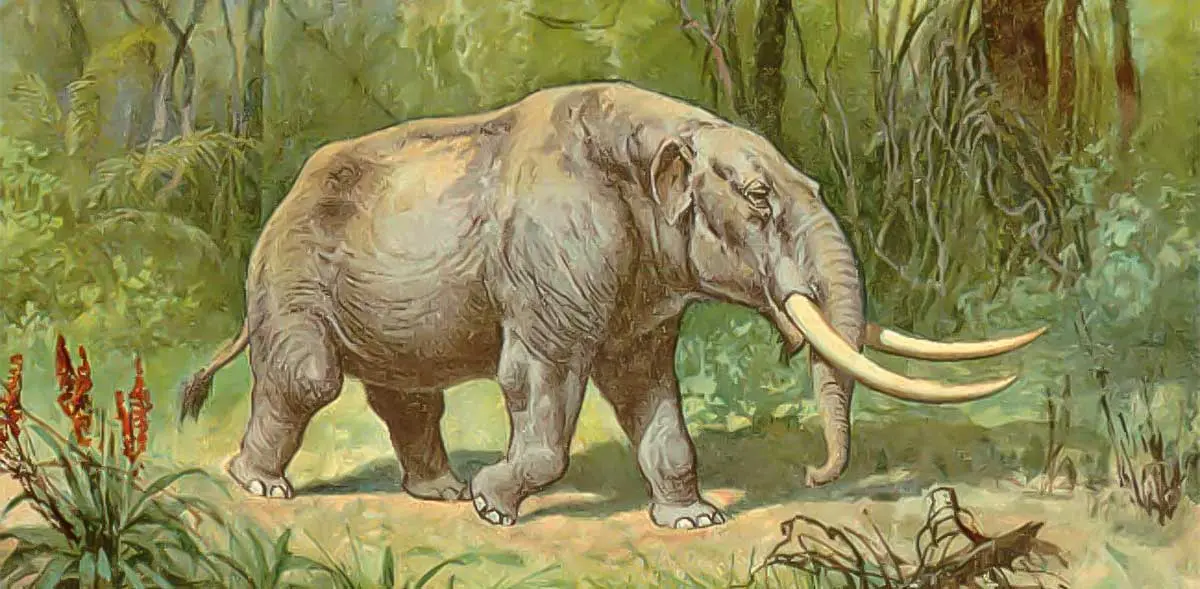
Understanding when mastodons and woolly mammoths existed isn’t easy. The short story is that mastodons came about first. The long story is that:
- Mastodons and woolly mammoths shared a common ancestor: the palaeomastodon. Measuring only six feet at the shoulders, these extinct creatures lived about 36 million years ago.
- During the Oligocene Epoch (which was between 33 million to 23 million years ago), mastodons branched off into their own species.
- The Palaeomastodons that didn’t evolve into mastodons evolved into the Primelephas. Then, millions of years later, the Primelephas evolved into woolly mammoths.
- Woolly mammoths and mastodons existed at the same time during the Pleistocene, which many people know today as the Ice Age. That era ended 11,000 years ago. However, mastodons went extinct before mammoths did.
Ancient people would have lived among mastodons and woolly mammoths. Many scientists believe that’s what led to the extinction of these creatures. Mastodons and woolly mammoths were the targets of many hunts since their fur, blubber, and meat would last a tribe for several months.
Other scientists believe climate change played a role in extinction, as well. They were completely wiped out when the Ice Age ended. Contrary to popular belief, woolly mammoths, and mastodons did not evolve into Asian or African elephants.
How Mammoths and Mastodons Were Similar
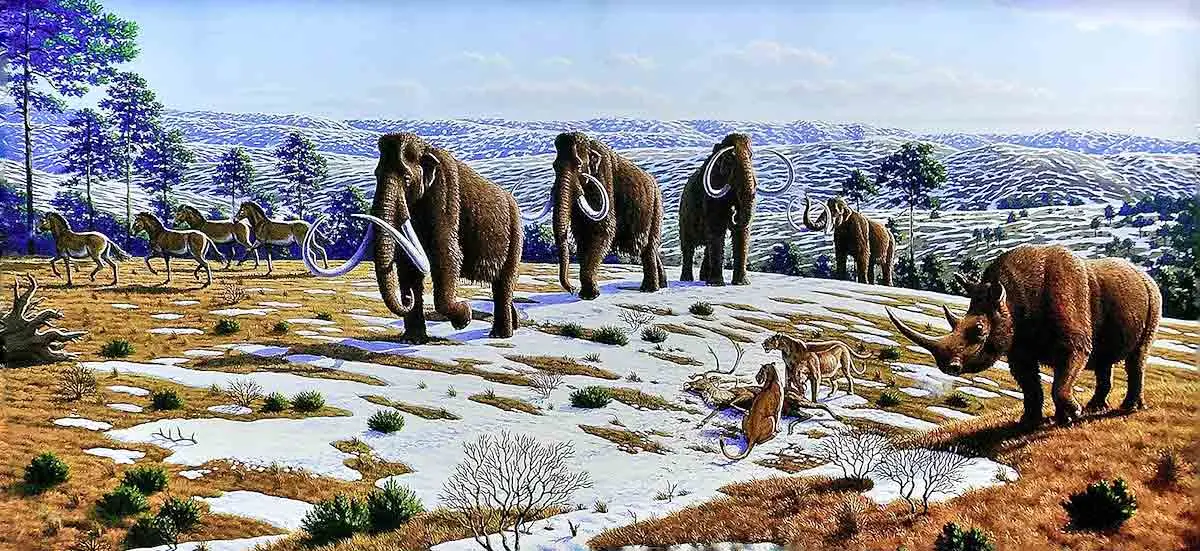
While woolly mammoths and mastodons had many differences, they also had a lot of things in common. Some similarities include:
- Their birthrates: Woolly mammoths and mastodons did not have litters; females generally gave birth to one baby at a time. Pregnancy likely lasted about two years, the same as modern-day African elephants.
- Sharing a common ancestor: Thepalaeomastodon is almost unrecognizable to most people. It looked very similar to a large tapir, having a medium-sized prehensile rather than a trunk. These appendages grew longer over the course of millions of years, allowing these animals to adapt better to their environment.
- Eating plants: A woolly mammoth or mastodon would have turned its trunk up at a sizzling steak. These giants preferred berries, grass, and other vegetation.
- Living in the same place: Millions of years ago, both mastodons and mammoths lived in Beringia. This is where the tip of Alaska almost touches Siberia. Despite this proximity, both animals likely did not interbreed because of genetic differences. This means even if they did mate, it’s questionable whether they would’ve produced viable offspring.
What Does the Future Hold for Mastodons and Woolly Mammoths?
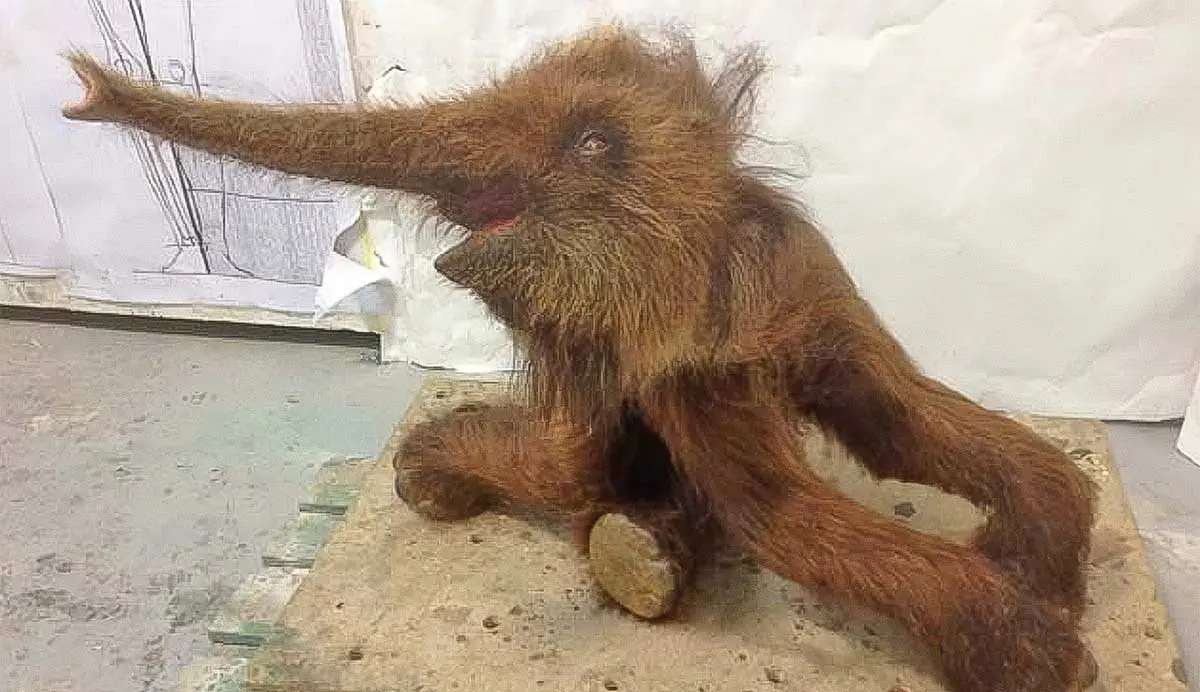
In 1922, the discoverers of the Cohoes mastodon vowed to bring the creature back to life. Clearly, this hasn’t happened. Yet, there’s still hope for woolly mammoths, which are closely related to the modern-day Asian elephant.
Without getting too technical, scientists would place the mammoth’s embryo into the womb of an African elephant. That’s because African elephants have larger wombs than Asian elephants, giving the embryo room to grow. Then, through “gene editing,” scientists would breed something closely resembling the woolly mammoth.
If successful, scientists hope that reintroducing woolly mammoths back into the wild would repopulate desolate parts of the Artic, along with offering invaluable scientific discoveries. So, while the mastodon is long and gone, woolly mammoths could soon start making a comeback.
